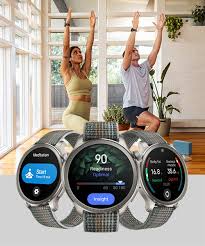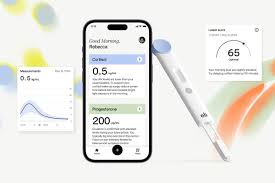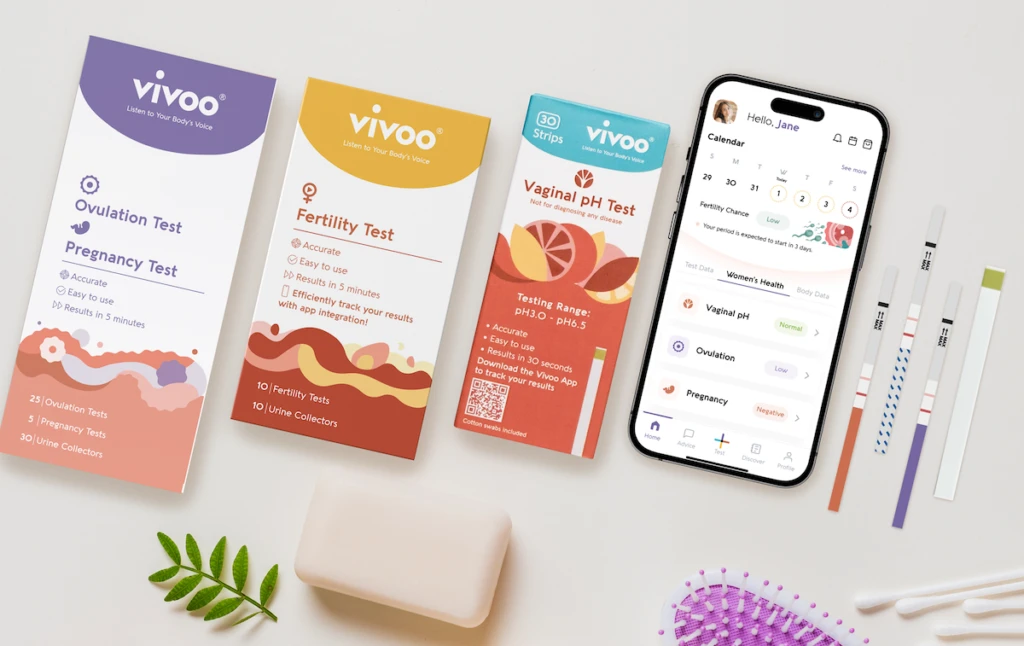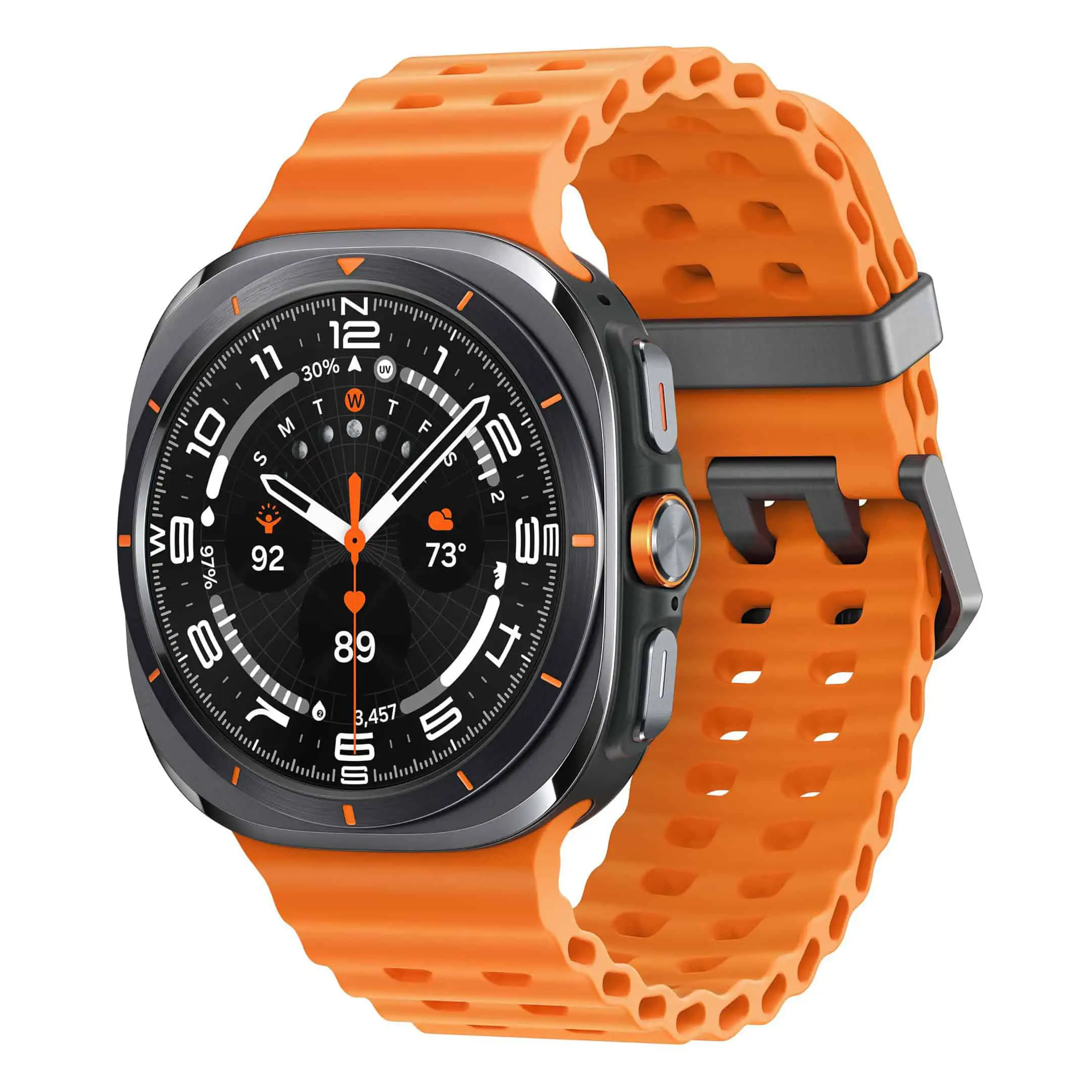Why These Gadgets Are Revolutionizing Personal Health
Imagine waking up, brushing your teeth, and stepping in front of a mirror that not only shows your reflection but also your heart rate, hydration levels, and muscle mass. By 2025, AI-driven health gadgets like this aren’t just sci-fi fantasies—they’re everyday tools that blend seamlessly into our lives. Whether you’re a busy parent juggling work and family, a fitness enthusiast chasing a new PR, or someone managing a chronic condition, these innovations are designed to make health management simpler, smarter, and more personalized.
“Tired of juggling multiple apps and devices? Let AI do the heavy lifting—here’s how.”
But why does this matter? Traditional health tracking often feels fragmented. You might use a scale for weight, a separate app for diet logging, and a wearable for heart rate. AI gadgets consolidate these tasks, offering real-time insights that adapt to your lifestyle. They’re not just tools; they’re partners in your health journey.
Top 5 AI Health Gadgets Transforming Wellness in 2025
1. Withings Omnia: The Mirror That Monitors Your Health

Best for: Busy professionals, fitness buffs, and anyone managing chronic conditions like hypertension or diabetes.
How it works: This sleek, wall-mounted mirror uses embedded sensors and AI algorithms to scan your body during your morning routine. It tracks over 15 metrics, including:
- Weight and BMI
- Heart rate variability (HRV)
- Muscle mass and fat distribution
- Hydration levels
Key Features
- Holistic health snapshots: Unlike basic scales, the Omnia connects trends over time. For example, it might flag gradual water retention linked to high sodium intake.
- Time-saving integration: Syncs with apps like Apple Health, Google Fit, or MyFitnessPal to centralize data.
- Motivational nudges: Get weekly progress reports with emoji-filled summaries (e.g., “🔥 2% muscle gain this week!”).
Real-World Example: Sarah, a marathon runner, uses the Omnia to track recovery. After noticing her HRV dips post-long runs, she adjusts her sleep and hydration—resulting in faster recovery times.
Pro Tip: Place the mirror in your bathroom or bedroom for effortless daily scans.
2. Amazfit V1tal: Snap, Track, Eat Smarter

Best for: Foodies, athletes, diabetics, or anyone tired of manual calorie counting.
How it works: Snap a photo of your meal, and the V1tal’s AI identifies ingredients, portion sizes, and nutritional values (carbs, protein, allergens). It even detects hidden sugars in sauces or dressings!
Why It’s a Game-Changer:
- Effortless logging: Say goodbye to guessing portion sizes. The AI estimates calories within a 10% margin of error.
- Behavioral insights: The app flags patterns, like late-night snacking or skipped breakfasts, with suggestions like, “Try a protein-packed smoothie at 8 AM to curb cravings.”
- Real-time feedback: Dining out? The V1tal can suggest healthier swaps (e.g., “Choose grilled chicken over fried”).
Use Case: Mark, a Type 2 diabetic, uses the V1tal to manage his carb intake. By tracking meals, he reduced his HbA1c from 7.5% to 6.2% in six months.
3. Eli Health Hormometer: Stress & Fertility Made Simple

Best for: Women tracking fertility, professionals managing burnout, or anyone curious about hormonal health.
How it works: A pocket-sized device analyzes saliva samples for key hormones:
- Cortisol (stress)
- Estrogen and progesterone (fertility)
- Testosterone (energy levels)
Top Benefits:
- At-home convenience: No lab visits—get results in 15 minutes via the app.
- Actionable insights: The app correlates hormone levels with lifestyle data. For example, high cortisol on workdays? It might suggest meditation or adjusting caffeine intake.
- Privacy-focused: Securely share data with your doctor via encrypted links.
Real-World Impact: Emma, a teacher planning pregnancy, used the Hormometer to pinpoint ovulation windows. She conceived within three months, avoiding costly fertility clinic visits.
4. Vivoo At-Home Kits: Reproductive Health, No Clinic Needed

Best for: Women monitoring menstrual cycles, couples planning families, or anyone prioritizing vaginal health.
Key Features:
- Privacy-first testing: Track ovulation, pH balance, and hormone levels with disposable test strips.
- Proactive alerts: Detect pH imbalances (a common yeast infection trigger) before symptoms arise.
- Cost-effective: At $10 per test VS. $150+ for a gynecologist visit, it’s a budget-friendly option.
How It Works:
- Use the test strip (urine or vaginal swab).
- Scan it with the Vivoo app.
- Get instant results + personalized tips (e.g., “Increase probiotic intake to balance pH”).
Success Story: Lisa used Vivoo kits to monitor her pH weekly after recurrent UTIs. By adjusting her diet and hygiene, she went six months infection-free.
: “Ready to take charge of your reproductive health? Explore Vivoo’s kits here.”
5. Samsung’s Pain-Free Glucose Monitor

Best for: Diabetics, parents of kids with Type 1 diabetes, or fitness enthusiasts optimizing performance.
How it works: This wearable wristband uses optical sensors to measure blood glucose levels through the skin—no needles required.
Why Users Love It:
- Painless monitoring: Ideal for children or adults with needle phobia.
- Continuous tracking: Alerts you via smartphone if levels drop dangerously low during sleep.
- Diet insights: The app shows how specific foods (like white rice vs. quinoa) affect your glucose spikes.
Real-World Application: Jake, a college student with Type 1 diabetes, uses the monitor during exams. “It’s discreet and stops me from missing class for finger pricks,” he says.
How to Choose the Right Gadget for You
With so many options, finding the perfect fit can feel overwhelming. Here’s a step-by-step guide:
- Identify Your Primary Goal:
- Weight management: Prioritize devices like the Withings Omnia or Amazfit V1tal.
- Hormonal health: Eli Hormometer or Vivoo kits.
- Chronic conditions: Samsung’s glucose monitor or Omnia for holistic tracking.
- Check Compatibility:
- Ensure the gadget syncs with your favorite apps (e.g., Fitbit, Apple Health).
- Look for cross-platform support if you switch between iOS and Android.
- Research Accuracy:
- Opt for FDA-cleared or CE-marked devices.
- Read peer-reviewed studies or user reviews for real-world performance.
- Consider Budget:
- Entry-level: Vivoo kits (10−10−30 per test).
- Mid-range: Amazfit V1tal ($199).
- Premium: Withings Omnia ($599).
- Test Before Committing:
- Many brands offer 30-day trials. Use this period to gauge ease of use and value.
FAQs: Your Questions, Answered
Q: Are AI health gadgets accurate?
A: Most are FDA-cleared for home use, but they’re not infallible. For critical metrics like blood glucose, cross-check with traditional methods occasionally.
Q: Will these replace my doctor?
A: No—think of them as your 24/7 health assistant. Share data with your physician to spot trends (e.g., rising cortisol levels) and adjust treatments.
Q: Is my data safe?
A: Reputable brands use HIPAA-compliant encryption. Always read privacy policies—avoid gadgets that sell data to third parties.
Q: Can seniors use these devices?
A: Absolutely! The Samsung glucose monitor and Withings Omnia have large, easy-to-read interfaces. Some brands even offer voice-guided tutorials.
Q: What if I hate tech?
A: Start simple. Vivoo’s test strips require no app—just scan and toss. Gradually explore more advanced tools as you get comfortable.
The Future of AI in Healthcare
By 2030, experts predict AI health tech will expand into:
- Mental health: Wearables that detect anxiety through speech patterns or sweat biomarkers.
- Predictive care: Gadgets that warn you of illness risks (e.g., flu or migraines) days before symptoms hit.
- Elderly care: AI-powered fall detection and medication reminders for aging populations.
But challenges remain:
- Data privacy: Stricter regulations are needed to protect sensitive health information.
- Accessibility: Lowering costs to ensure these tools aren’t just for the wealthy.
Final Thoughts: Empowering Your Health Journey
AI health gadgets in 2025 aren’t about replacing human care—they’re about giving you the tools to stay informed, proactive, and in control. Whether it’s avoiding finger pricks with Samsung’s monitor or balancing hormones discreetly with the Eli Hormometer, these devices put personalized health within reach.
The key? Start small. Pick one gadget that aligns with your biggest health goal—whether that’s shedding 10 pounds, managing stress, or starting a family—and build from there. Remember, the best health tech is the kind you’ll actually use.
“Which gadget will you try first? Share your pick in the comments—we’d love to hear your story!”
Disclaimer: While these gadgets offer groundbreaking insights, they’re not a substitute for professional medical advice. Always consult your doctor before making health decisions.
